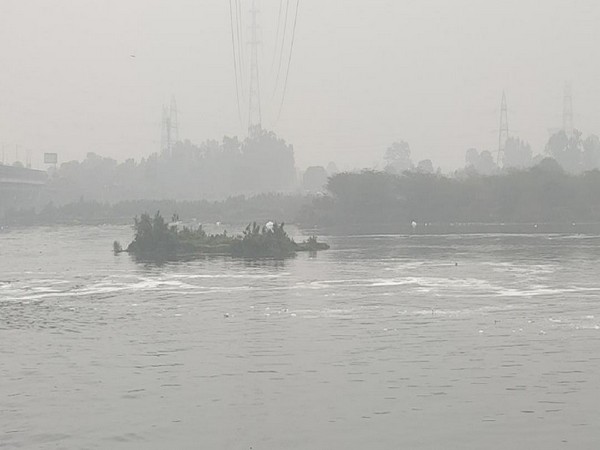In a first, DPCC to study microplastics pollution in River Yamuna, Delhi's soil, food
In a first-of-its-kind survey by a government body in the national capital, the Delhi Pollution Control Committee DPCC will conduct a study to ascertain the concentration, distribution and composition of microplastics in River Yamuna, besides soil, vegetables and other edible products.

- Country:
- India
In a first-of-its-kind survey by a government body in the national capital, the Delhi Pollution Control Committee (DPCC) will conduct a study to ascertain the concentration, distribution and composition of microplastics in River Yamuna, besides soil, vegetables and other edible products. The pollution control body will also examine if the soil in the floodplains of River Yamuna is fit for agriculture, according to officials.
Microplastics are fragments of any type of plastic less than five millimetres, according to the US National Oceanic and Atmospheric Administration and the European Chemicals Agency. They enter natural ecosystems from a variety of sources, including cosmetics, clothing, and industrial processes.
Studies conducted earlier have shown that microplastics carry bacteria that are pathogenic to human and natural biota, and can enrich antibiotic resistant genes from municipal activated sludge. The polymeric compounds and additives such as copper ions used in the production of plastics are toxic. Also, microplastics absorb various toxins in water that subsequently desorb inside the host organism. The Yamuna floodplains, stretching 48 kilometres from Palla to Okhla, will be divided into three stretches of 16 km each for the study: Delhi Segment I (Palla to Wazirabad), Delhi Segment II (Wazirabad to Nizamuddin Bridge) and Delhi Segment III (Nizamuddin Bridge to Okhla), according to the terms of reference prepared by the DPCC.
A DPCC official said the idea to study the presence of microplastics in River Yamuna and the national capital originated after an MP asked a question in Parliament about microplastics in River Ganga.
''It is sad that we have not conducted any such study in the national capital,'' the official said, citing a report by environment research and advocacy organisation, Toxics Link. The Toxics Link study on River Ganga threw up alarming results as ''microplastics were found in all the samples''. ''Locations with higher population density and greater industrialisation (textile, tannery, etc.) had a higher microplastics concentration in the river,'' the report says.
''Compared to the concentration of microplastics in rivers such as the Rhine in Europe, the Patapsco, Magothy, Rhode in North America, the Elqui, Maipo, Biobio, and Maule in South America, the pollution is much higher in the Ganga,'' according to a report by Dr Mahua Saha, a senior scientist at the National Institute of Oceanography, Goa, and his team. As river water is used for drinking and irrigation purposes quite extensively, an increased concentration of microplastics increases the potential harm it can cause to organisms and humans.
As part of another study, the DPCC will examine the soil of the Yamuna for various contaminants and its fitness for agriculture and remediation possibilities.
''River Yamuna is one of the most important rivers of India and is highly polluted.
The river water and the adjacent soil are contaminated with various pollutants, including heavy metals. In this study, the effects of seasonal variations and heavy metal contamination in Yamuna water on physicochemical properties and enzyme activities of soil will be observed,'' the terms of reference read. Sampling will be collected from 10 points along the river course in summer, monsoon and winter.
(This story has not been edited by Devdiscourse staff and is auto-generated from a syndicated feed.)










